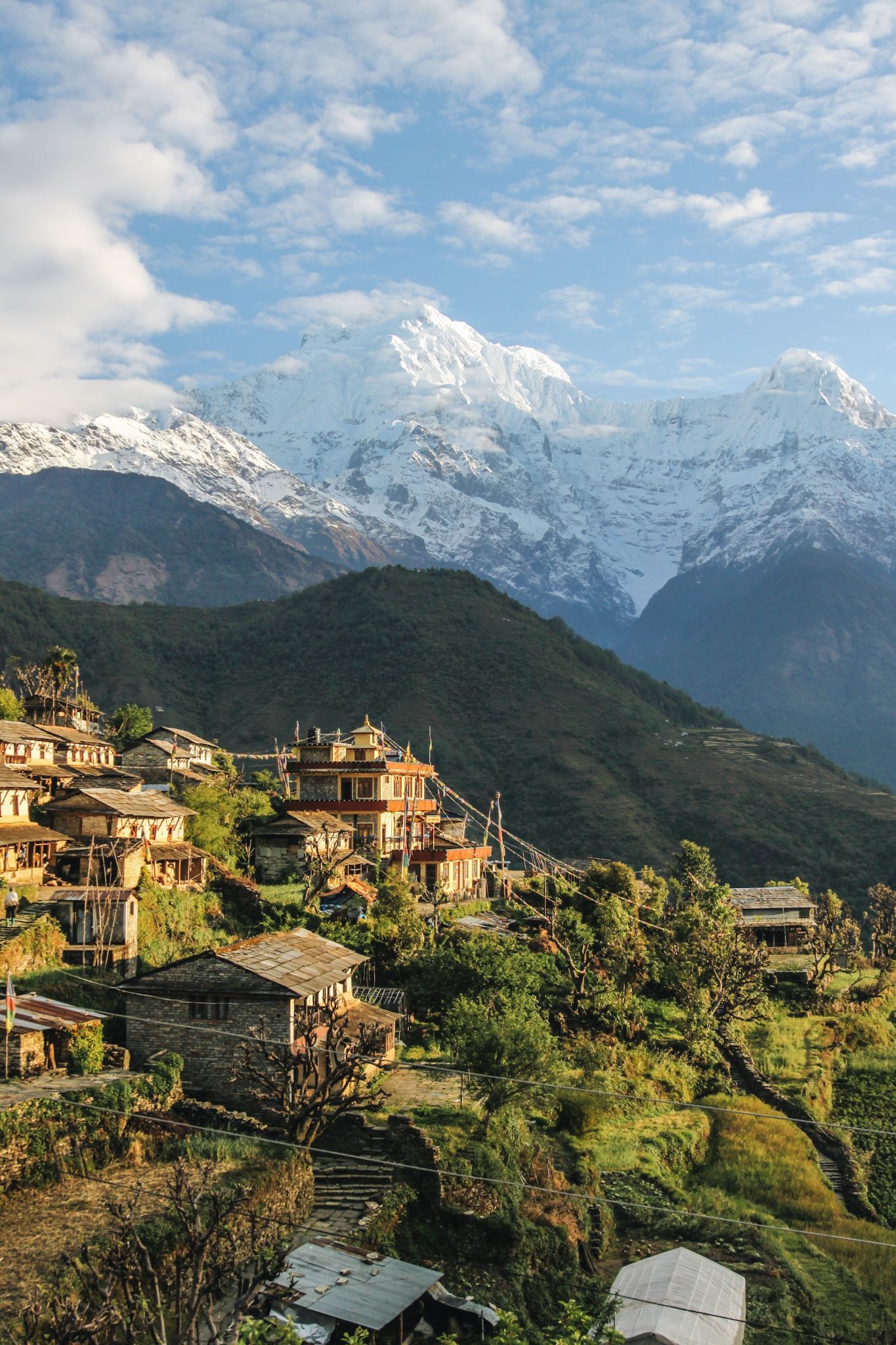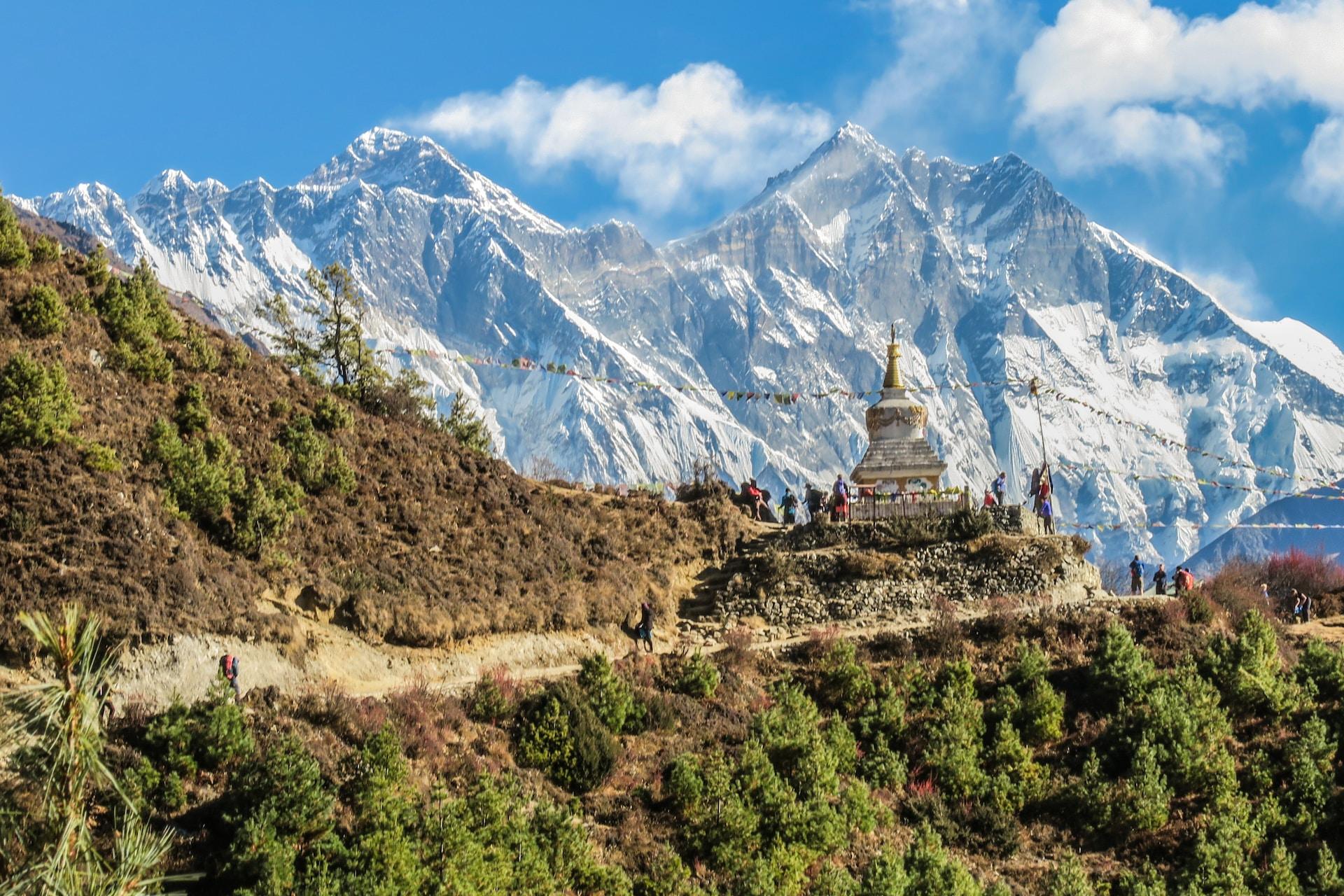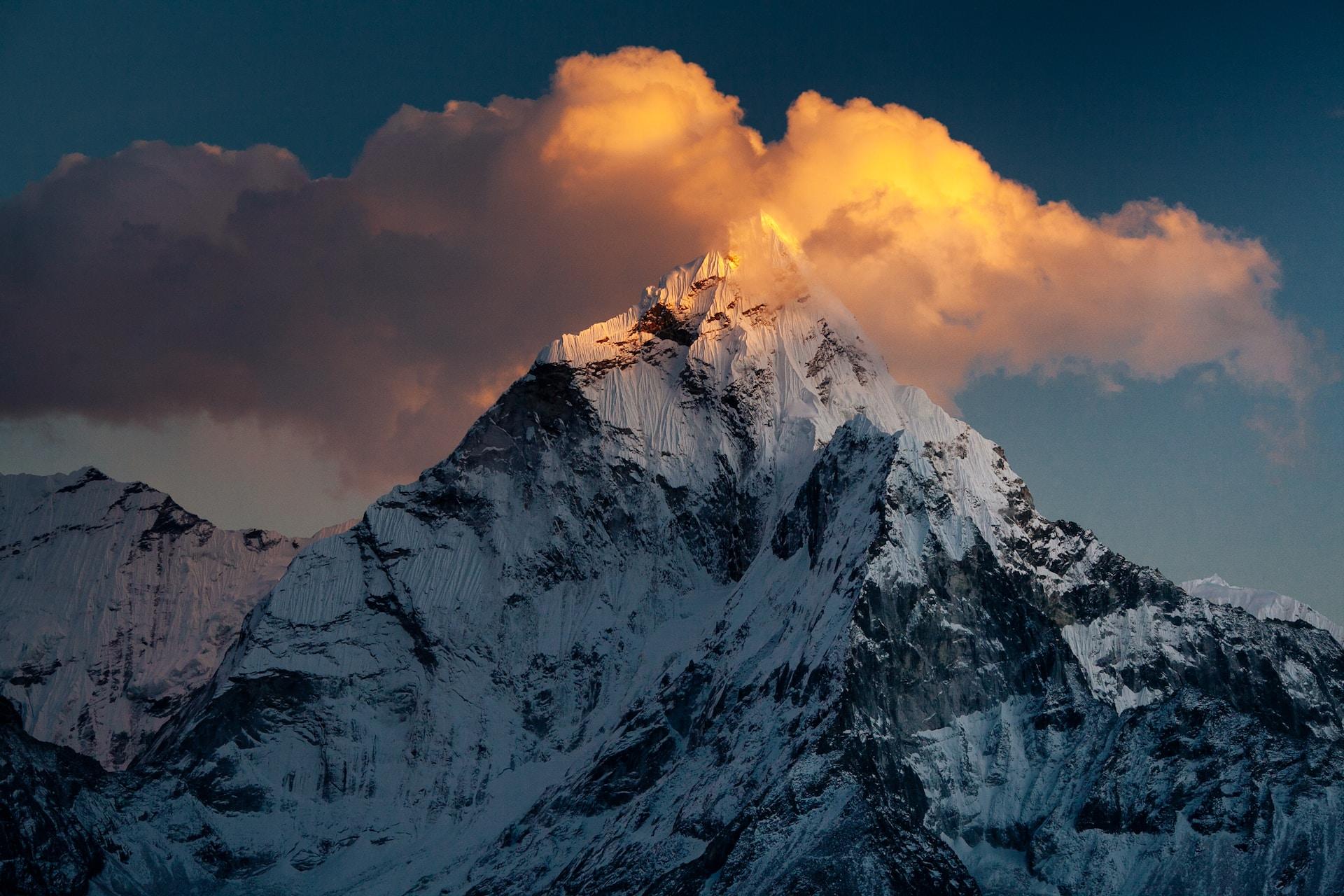What is Nepal & Himalayan Foothills DNA Ethnicity on Ancestry?
The results of our AncestryDNA tests may sometimes be what we expect or on occasion may be a big surprise. Either way, often we need a little more information regarding some of the regions that arise in our ethnicity estimates.

One region that is not at all uncommon is the Nepal & Himalayan Foothills region. Those who still live in this region already understand all about its history and culture. There are others, however, who may never have even visited or in fact been aware that they have ancestors from that area.
In this post we will go into more detail with regards to the history, geography and culture of the Nepal & Himalayan Foothills region. We will also discuss what it means to be from this region and how easy or difficult it might be to trace our roots in the Nepal & Himalayan Foothills Region.
What Is the Nepal & Himalayan Foothills Region?
The Nepal and Himalayan Foothills Region of Ancestry DNA as the name suggests consists mainly of the mountainous nation of Nepal. It is also prevalent in the Indian state of Sikkim and the nation of Bhutan. In the northernmost reaches of this region this DNA can be found in Southern Tibet, an autonomous region of China.
This DNA can also be found to the east in the Indian state of Arunachal Pradesh and to the south in the state of Bihar.

Nepal History
It is estimated that by 55,000 years ago the first modern humans had arrived in the Indian subcontinent having migrated from the continent of Africa. Based on archaeological records the first evidence of human habitation in Nepal dates back roughly 30,000 years.
A limited amount is known about these first humans but what is clear is that by 6,500 BC there was evidence of agriculture and animal domestication in the region. This is thought to have been large scale farming as there is evidence of storage structures in the region.
The earliest people are believed to have developed in the Indus Valley region which is considered to be the location of the first urban culture in South Asia. It is thought the Dravidian people from further south in the continent were the first to settle the region but would be displaced by later Tibeto-Burmans and Indo-Aryans from the north.

The record suggests that by 4,000 BC the Tibeto-Burmans had reached Nepal either across the Himalayas or by way of Myanmar. Mentioned in Hindu texts from India the first dynasty of Nepal was the Gopal Bansa. The ruling power for over five centuries, the Gopal Bansa were replaced by the Kiratas.
A dynasty spanning over 16 centuries based on some accounts the Kirata were the major power in Nepal. However beginning around 600 BC smaller kingdoms and confederations of clans started to form in southern Nepal. It was from one of these kingdoms the Shakya polity that a prince arose who surrendered his status and took a new name Gautama Buddha (563 – 483 BC). This was the founder of Buddhism.
As the centuries passed other empires from the south would start to exert influence in the region such as the Maurya. The ruler of the Maurya Emperor Ashoka made a pilgrimage to the region in order to build a pillar at the Buddha’s birthplace.
This became almost a tradition for empires to take control in the region and raise monuments to the Buddha and would happen both from the north and south.
Does the Nepal & Himalayan Foothills Region Have Sub-Regions?
Many of the large regions that AncestryDNA covers have multiple sub-regions. But Nepal & Himalayan Foothills are a single region. Although geographically small this means you can not pinpoint exactly where your most recent ancestor from the region came from based solely on DNA. It is likely however that at some point you had an ancestor born in Nepal but the family may have moved elsewhere in the DNA region at a later time.

How Did You Get Nepal & Himalayan Foothills Region DNA?
If you already know that you had family who came from this region then you may know why you have Nepal & Himalayan Foothills DNA. If this result came as a surprise however you may not know how exactly you came by DNA from this region.
If you have a sizable percentage of DNA from this region then it is likely you have an ancestor who was born in or close to the country of Nepal, Bhutan or some of the surrounding regions in India and China.
Nepalese Migration
The peoples of Nepal may have originally come from much further south in the Indian continent and when they arrived they would settle into a very rural lifestyle. Historically migration from Nepal is evident based on the spread of the Buddhist religion and the much larger DNA impact into Bhutan, northern India and southern China.
More recent migration however began in the early 20th century as workers sought greater opportunities. Nepal still remains largely rural. Immigration of Nepalese individuals to the US has traditionally been limited with generally speaking fewer than 100 individuals a year recorded between 1974 - 1992.
Final Thoughts
Nepal is the birthplace of Buddhism and is considered a launching pad for explorers of the mighty Himalayas. Largely rural and having experienced civil wars and conflict over the centuries a notable number of its people have left for the world abroad.
The majority of Nepalese immigration is more recent so those discovering a notable level of DNA from this region may have a decent chance of discovering more about their roots in the Himalayan foothills.
Link To or Reference This Page
We spent a lot of time downloading, cleaning, merging, and formatting the data that is shown on the site.
If you found the data or information on this page useful in your research, please use the tool below to properly cite or reference Name Census as the source. We appreciate your support!
-
<a href="https://namecensus.com/blog/what-is-nepal-himalayan-foothills-dna-ethnicity-on-ancestry/">What is Nepal & Himalayan Foothills DNA Ethnicity on Ancestry?</a>
-
"What is Nepal & Himalayan Foothills DNA Ethnicity on Ancestry?". NameCensus.com. Accessed on May 2, 2024. https://namecensus.com/blog/what-is-nepal-himalayan-foothills-dna-ethnicity-on-ancestry/.
-
"What is Nepal & Himalayan Foothills DNA Ethnicity on Ancestry?". NameCensus.com, https://namecensus.com/blog/what-is-nepal-himalayan-foothills-dna-ethnicity-on-ancestry/. Accessed 2 May, 2024
-
What is Nepal & Himalayan Foothills DNA Ethnicity on Ancestry?. NameCensus.com. Retrieved from https://namecensus.com/blog/what-is-nepal-himalayan-foothills-dna-ethnicity-on-ancestry/.
